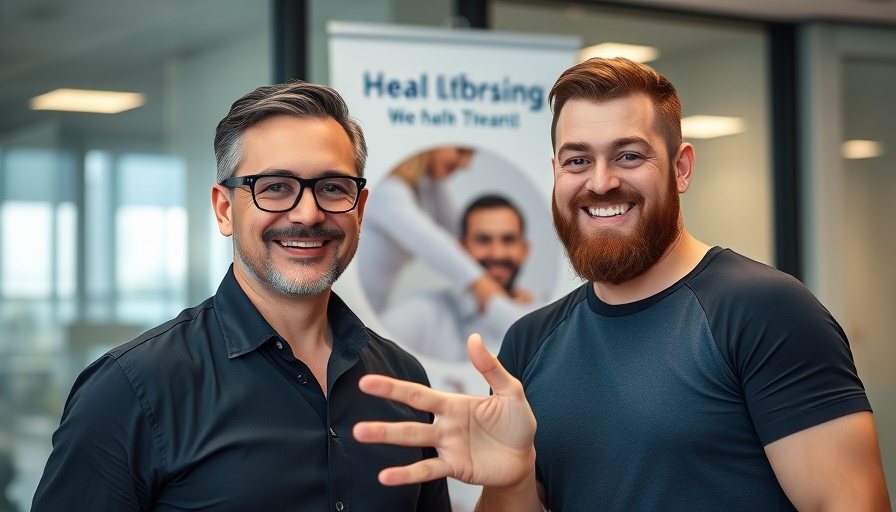
Understanding ACL Injuries: A Growing Concern in Sports
ACL injuries are among the most common and devastating injuries faced by athletes today, particularly in high-energy sports like football, rugby, and martial arts. The anterior cruciate ligament (ACL) plays a critical role in stabilizing the knee, making it essential for movements that involve cutting, jumping, or sudden stops. Without proper preventive measures, athletes may face long-term consequences, including the need for extensive surgeries and rehabilitation.
Significance of the Workshop in York
A recent workshop at York Sports Club highlighted the importance of preventive measures. Over 50 coaches and physiotherapists gathered to participate in the "ACL Injury Prevention in Grassroots Sport" workshop, co-hosted by Clifton Park Hospital and Power Up to Play. Different sports communities came together to share knowledge that could significantly reduce the incidence of these life-altering injuries. Ed Britton, consultant knee surgeon, emphasized that simple, consistent techniques could dramatically lower the risk, demonstrating the value of this gathering.
Implementing Effective Training Strategies
The workshop introduced participants to the PEP (Prevent Injury, Enhance Performance) programme – a comprehensive 15-minute warm-up routine designed specifically to lower ACL injury rates by up to 88% among youth athletes. Learning effective biomechanics and applying the programme across various sports, including basketball, soccer, and martial arts, can ensure that movements are executed safely and efficiently, reducing the likelihood of harmful injuries.
Community Collaboration: Elevating Safety Standards
Community partnerships, like the one formed by Clifton Park Hospital, play a vital role in enhancing sports safety. Jessica Hedley, business relations manager at the hospital, shared that bringing together coaches and physical therapists fosters an environment where injury prevention becomes a community responsibility. This collaboration can drive collective efforts to create comprehensive injury prevention programs, which are crucial for the safety and wellbeing of young athletes.
Tactics for Martial Arts Coaches: Injury Prevention in Action
For martial arts instructors and students, integrating preventative drills into training routines is essential. Coaches should focus on combat training safety routines that include body conditioning for injury protection, mental focus for ultimate safety, and specific drills to reduce common sports injuries. Tailored conditioning programs can significantly enhance performance while ensuring that athletes remain healthy and injury-free.
Future Outlook: A Safer Sports Culture
The continued emphasis on injury prevention, as demonstrated by the York workshop, suggests a promising shift in how sports are approached at all levels. As more organizations recognize the importance of educating coaches on injury prevention techniques, we can expect a culture that prioritizes athlete safety and well-being. Involvement in these initiatives can shape the next generation of athletes who are not only skilled but also prepared to safeguard their bodies.
Conclusion and Call to Action
Engagement in injury prevention workshops is a powerful step towards building a healthier future for athletes. By actively participating in educational initiatives, coaches can play a critical role in enhancing the safety of their training environments. For those involved in martial arts or any sport, consider incorporating these injury prevention strategies into your training regimens. The benefits can lead to improved performance, reduced injury rates, and a more resilient athletic community. Your participation in such programs can make a profound difference in athlete welfare.
 Add Row
Add Row  Add
Add 




Write A Comment